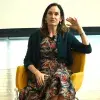Out of more than 2,000 people, Tec graduate Alejandro Arredondo was the only Latin American who participated in the reconstruction of Notre Dame Cathedral in Paris, which was devastated by a fire in April 2019.
This building, considered one of the most emblematic monuments of France, was reopened this December 7, after more than five years of reconstruction work.
Arredondo, a graduate of PrepaTec and Tec de Monterrey’s State of Mexico campus, participated in the team that created a three-dimensional model with the help of drones and scanners to reconstruct the cathedral’s walls, ceilings, and other spaces.
“For future generations, it’s a legacy, it’s a historical monument that we share, not only for one country, not only for one city, but it’s also a World Heritage Site,” he told CONECTA in an interview from the French capital.
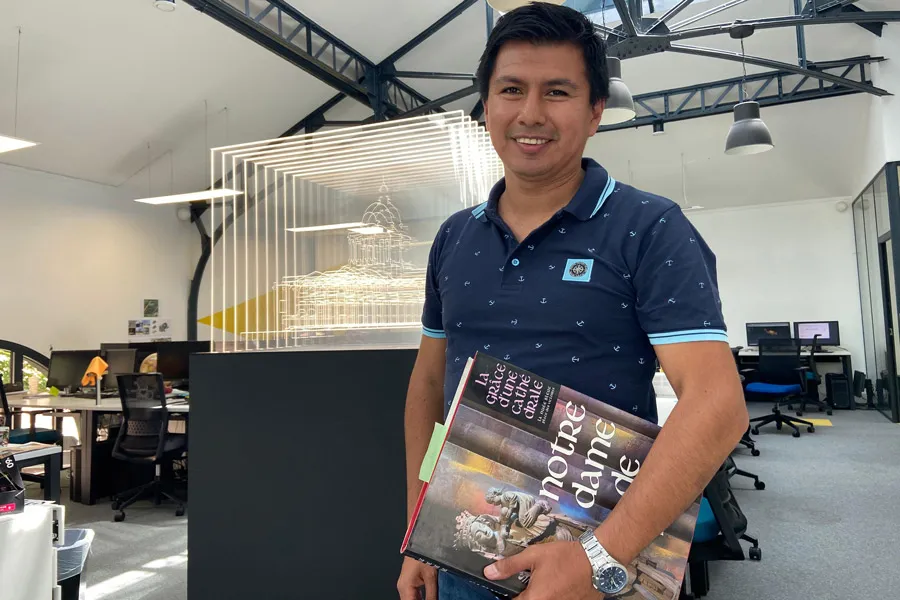
His work in reconstruction
The native of Coacalco, State of Mexico, said the fire at Notre Dame changed his life forever, as he was assigned to the team that had to draw the digital model which would help reconstruct the building.
“That’s what I specifically had to do, coordinate how the digital model was going to be done accurately, and thanks to the data that the company already had, provide all this information for the restoration work.
“I did the digital mockup together with a team. My colleagues brought out the scans, the drones, and the point cloud. I received the data and started to break it down, that is, which points correspond to a wall, a pillar, a vault, an arch, or a roof.”
He said that this is known as a BIM (Building Information Modeling) mockup, which is precisely a mockup that includes information about the building.
This team was part of the Art Graphique et Patrimoine agency where Arredondo works.
Arredondo said that, as his agency had already worked with other monuments in France and at Notre Dame since 2010, it already had data on the site.
“There was already what we call a point cloud, which is what we get after the survey work with 3D scanners. I realized that there was an opportunity there to be able to make precisely the plans or digital models we needed.”
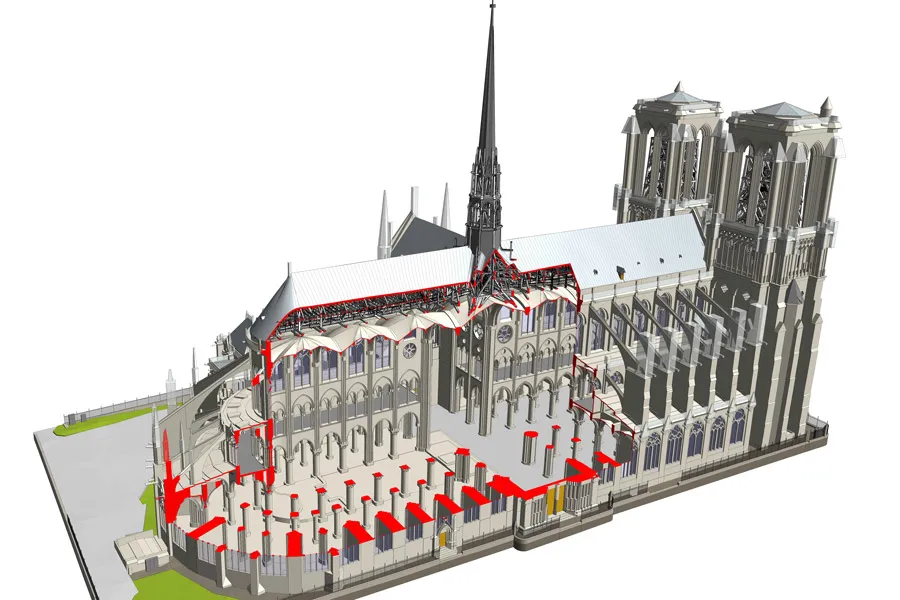
The only Latin American architect to participate
Arredondo said that being the only Latin American architect to participate in the restoration of Notre Dame was a source of great pride.
“It was an honor to represent my country, to represent my community. From the first day I settled here in France, it was with that idea in mind, to represent a whole people, a whole community, and to say, well, we have something to contribute.”
“It gives me a sense of satisfaction, of being able to add my stone to the building, if I can put it that way, and to have a connection to a building that began its construction in the 12th century, and to be able to say that I contributed to that building as well.”
Arredondo said he felt great joy upon entering the cathedral after its reopening.
“It was a moment of great joy, of recognizing Notre Dame Cathedral. Today, it’s impressive in a way that’s never been seen before, that is, with new paintings, with all the lights working, with the stone clean.
“I’m really surprised, because for me it’s a once-in-a-lifetime thing. Opportunities come your way, but in the end, it’s up to you to either take them or let them go.”
"It gives me a sense of satisfaction, of being able to add my stone to the building, if I can put it that way.”
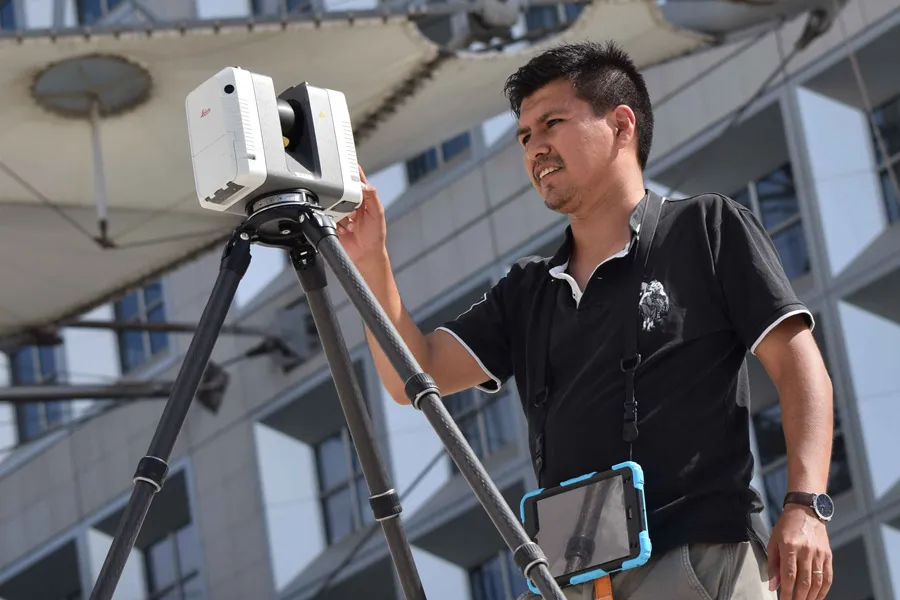
The main challenges
The Tec graduate said that his main challenge was to respect what the original builders did, along with traditional techniques, such as how to carve a stone.
The Mexican architect mentioned the fact that Notre Dame did not have straight or aligned walls, being a building over 850 years old.
He pointed out the case of the walls, where, thanks to today’s technologies, it was possible to identify the variations in the alignment of the pillars, thus reducing errors, which was necessary for the restoration.
The Tec graduate said that they faced several difficulties, such as access, during the restoration.
“After the fire, there was a whole series of burned beams that fell down. So, we didn’t know what the ceiling was like. Therefore, we had to set up a security perimeter, respecting it so that nothing would fall on us.
“(Another difficulty was) the lead cloud. This is because the roof was made of lead, so all the wood burned the lead in the fire and it became liquid, and when it becomes liquid, it releases toxic gases.”
Alejandro said that they had undergo training and respect certain protocols, such as wearing overalls, masks, filters, etc.
“Apart from that, we had to shower before and after the interventions.”
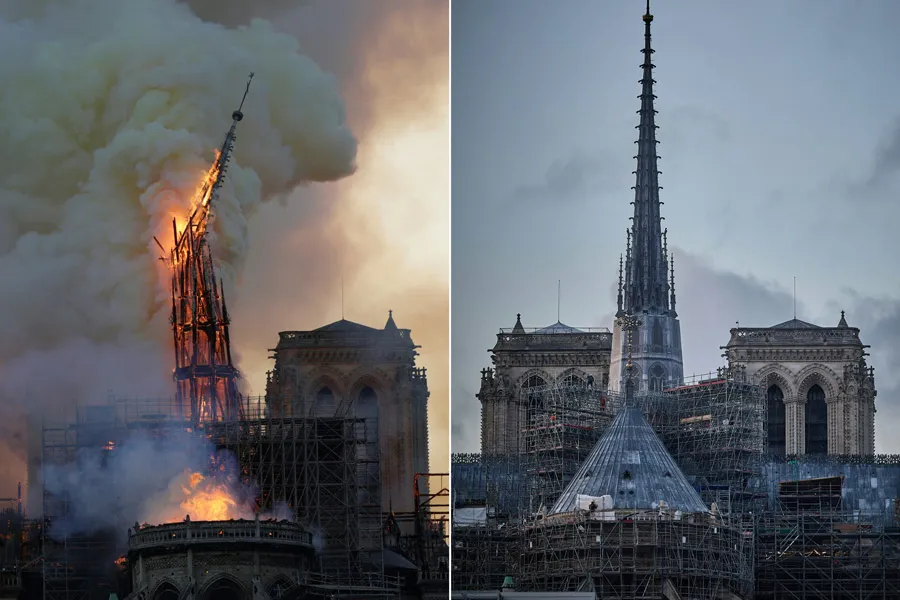
Finding his way with historic monuments
Originally from Coacalco, Alejandro graduated from the State of Mexico campus in 2015.
In 2017, he moved to Paris with his French wife, whom he met in Mexico during his Architecture studies at the Tec.
“I looked for architectural agencies at that time, and after two years of experience, I wanted to change my (career) path a little, and I realized that there was a very big opportunity in historic monuments.
“In France, there are a lot of old buildings that need maintenance, renovation work, and everything. And that’s how I joined the Art Graphique et Patrimoine team, where I’m currently working.”
He arrived at this engineering agency that specializes in historic monuments in January 2019, months before the fire at Notre Dame.
“My opportunity was based on offering new technologies for historic monuments. So for me, it was quite an interesting mix.
He said that the moment to participate in the restoration was something that happened suddenly.
“The fire came in April. And from one day to the next, they told me to pause the projects I had because another one called Notre Dame was coming. Practically like that, from one day to the next.
“That project took us about a year just to do the digital model, and then we continued to support it on and off until 2024.”
Arredondo said that he learned how to maneuver the scanners and drones during restoration of the cathedral.
“Then, during these five years of reconstruction, I was evolving at the same time in the company, and to such a degree that today I make digital models, along with the field part with the scanners and the architectural design part.”
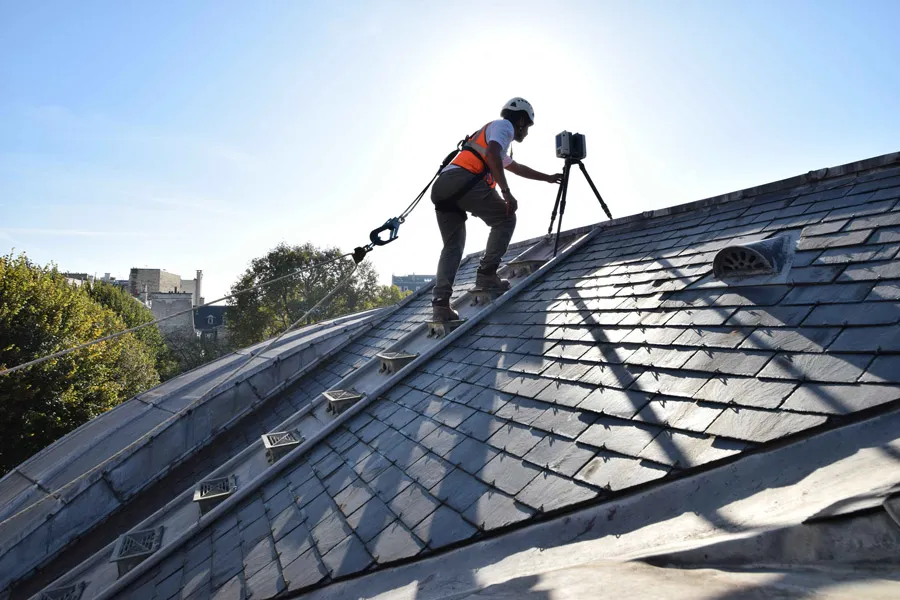
How his passion for architecture was born
Alejandro said that his taste for architecture was born thanks to his father, whom he saw build several works in Coacalco when he was a child.
“He’s not an architect, but he built the house where we lived, he built one across the street, and he built a house next door. I saw several of his works as I was growing up. And one of his friends was a carpenter. I remember that I liked the smell of wood and the smell of the workshop.”
He recalls playing in the street as a child, getting his feet dirty from stepping in the dirt, and realizing that he felt at ease with the construction site environment.
He recalls that he liked to play with Legos and the furniture in his house as a child.
“When I was a little boy, I moved the tables and chairs in the dining room and transformed them. For me, it was already a spaceship,” he said.
However, after high school, he wondered if studying architecture was right for him.
“(Nonetheless), there were teachers who inspired me. In the sixth semester of PrepaTec, the career directors visited us, including the architecture directors. They did an activity, and I was finally convinced.
“I was the first in my family to graduate with a degree in architecture, to graduate from a university like the Tec, and it was a leap into the unknown for me at the time, but I took that little step forward at the beginning, thanks to professors who inspired me.”
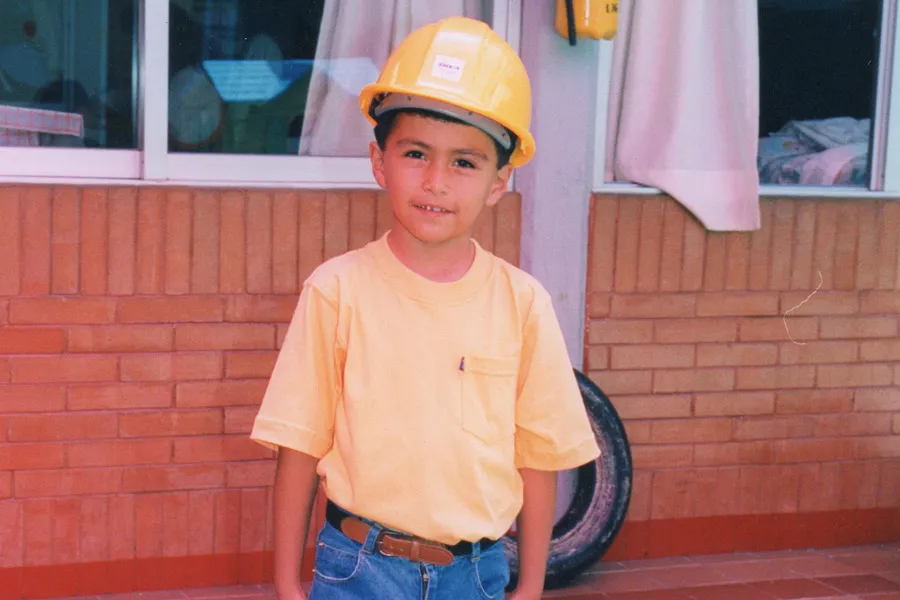
The skills he learned at the Tec
Alejandro listed the skills he learned during his studies at Tec de Monterrey.
“First, having teachers who inspire their students is important because you never know how far you’ll go. It’s not that they’ll achieve something tomorrow, but that they help you grow. The teachers sow the seeds, and who knows how far the tree will grow.”
Apologizing for not remembering all the teachers who left their mark on him, he mentioned Rocío Hernández, Cecilia López, and José Antonio Rueda.
Another aspect he remembers about the Tec is its competitive and international environment.
“My wife is French. She came on an exchange to the Tec, which is where we met. At that time, I didn’t know that I was going to learn French, but that curiosity led me to discover another culture, to discover another country.
“And to discover technologies. The Tec also helped me to be up to date, that is, to have the latest technologies in the market, the latest software that the world demands.”
He said that when he settled in France, he really felt ready.
“I had a pretty solid foundation thanks to my studies at the Tec, thanks to my professors, and a desire to keep trying. That gave me confidence.”
Present and future
Since 2022, Alejandro has been a teacher at Sorbonne University, where he teaches digital modeling, specializing in historical monuments.
“I try to accompany students who are also engaged in these engineering activities.”
As for the future, he said he would like to support the conservation of historic monuments around the world, as well as continue to give inspiring messages.
“(To young people) wherever you go, always arrive in a humble manner because we don’t already know everything. The more we advance, the more we realize that we can learn more.
“And arrive with the attitude of contributing. I believe that we all have elements to contribute, and that’s what happened in this case. And with that idea of contributing, I can say today that I contributed to the history of France,” he said with a smile.
As to what he would tell the child he used to be when he was playing in the dirt, he said:
“Well, let him continue, let him continue with what he’s passionate about, let him continue with what’s worth keeping alive, with what’s worth making efforts, with what’s worth preparing for.
“In the end, the day comes when life isn’t going to ask you if you’re ready or not. Life presents you with opportunities, and in the end, you’re the one who takes them on or walks away,” he said.
“And with that idea of contributing, I can say today that I contributed to the history of France.”
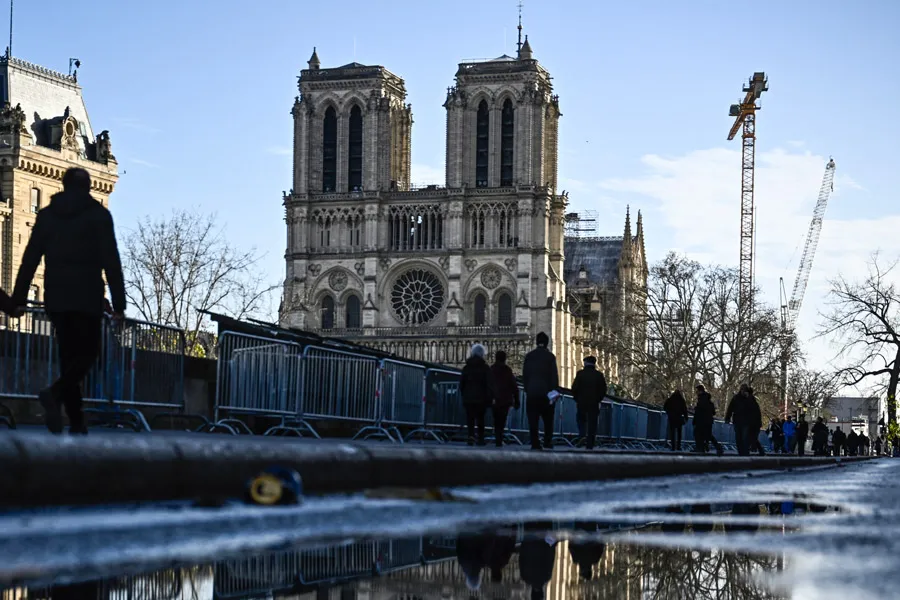
Notre Dame Cathedral
This building is considered a UNESCO World Heritage Site. It is a Catholic cathedral located in Paris, France, that began construction in 1163 and was completed in 1345.
This cathedral is an example of Gothic architecture. The building was damaged on April 15, 2019, following a fire.
More than 2,000 people participated in its restoration, which lasted more than five years, to be reopened on December 7, 2024.
With information from agencies.
READ MORE:





